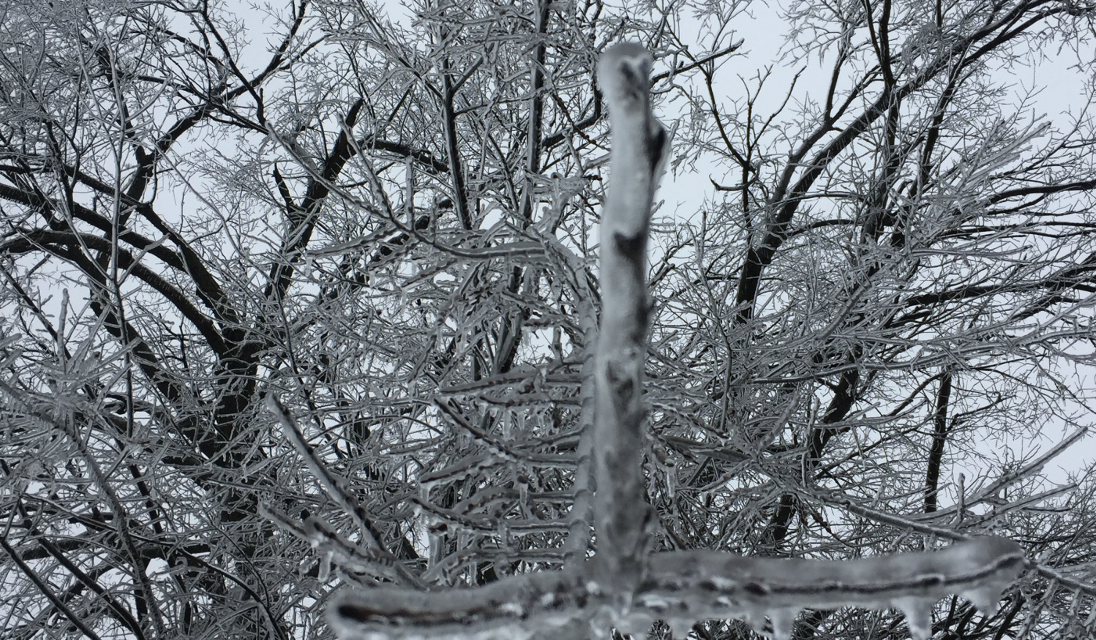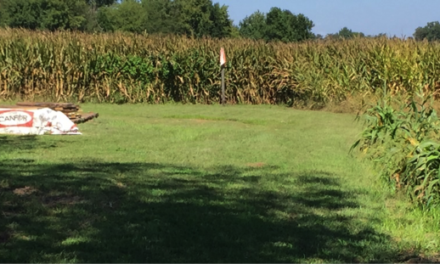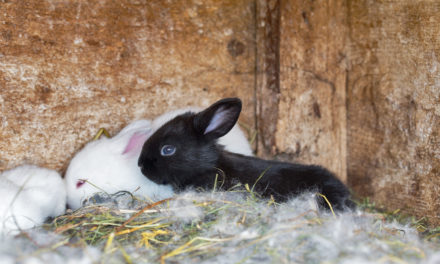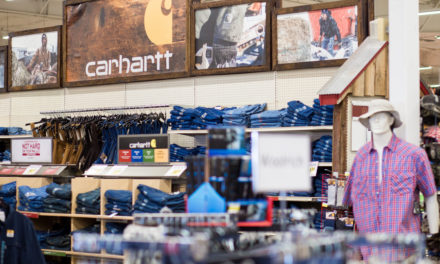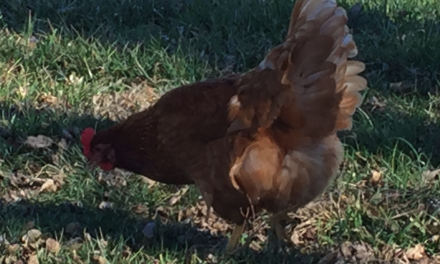Many successful gardens start in late winter. If you are serious about gardening, you know that the garden catalogs arrive in the dead of winter for our planning pleasure. While I like several well-established garden seed companies, you need to watch out for the hidden costs of their shipping and handling. It never fails, when I am the busiest or when we have a late bout of cold weather, that is just when the shipment of tender plants arrives. I have lost my share of plants that had to sit in water until the late freeze passed. I like the excellent varieties offered in the catalogs. Please make sure you carefully read the entire description of the plant or seed. One year I grew luscious purple broccoli plants that never set fruit as they were native to a much longer southern growing season. All that information was in the catalog, I just skimmed over it and reaped the whirlwind of unproductive plants. Fortunately, the chickens loved them, so all was not lost.
I am more inclined to purchase what I need from Buchheit as I can manage my time and flow with the unstable spring weather. Now is the time to review your store of seeds that you have saved from last year as well as take a serious look at how well your garden produced last season. One error gardeners often make is planting veggies no one in your family will eat, like winter squash. Yuck!
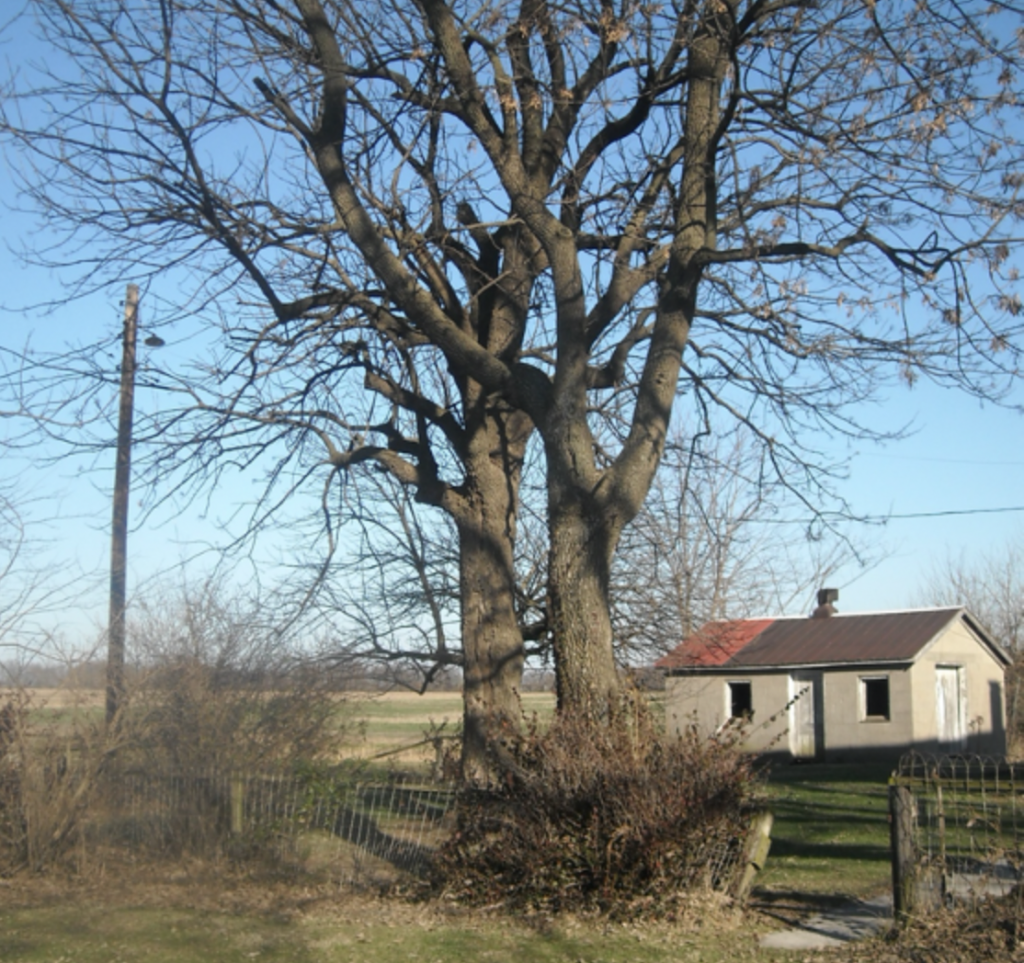
Careful planning will mean more success and less transplanting down the road moving to our new homestead. The front of our house was cleared of all the worn-out lilac bushes and perennials. It wasn’t the backhoe driver’s fault that none survived, life happens! The back of the house is where the gardens, brambles and fruit trees will be located but with major construction still going, how can I plant a garden? Much of the areas that are prime locations, such as cold frames against the foundation of the house, will still be available.
Here are garden plans and goals:
- I will spend time identifying the microclimates, on my new homestead that will help me pinpoint the best areas for the various sections of the garden. Do I have any areas sheltered from late frost enough for peach trees, for example, or where shall I place the asparagus beds? I will time the length of daylight that different sections receive daily determine how much actual gardening space exists in the shaded backyard.
- I will trench to examine my soil and test the soil for pH and available nutrients. I picked up a soil testing kit that will be accurate enough for my gardening needs.
- I will make a diagram of the area that I have available for gardening. I will plot out several different garden designs. The last thing I want is for it to look like a rambling mess of good intentions.
- Since I am “old as dirt,” Jim plans on constructing raised beds that will enable me to enjoy gardening as I age. This is also best practice for the no-till planting that I have been longing to incorporate into my long-range gardening strategy.
- I will use my existing containers and cured straw bales to grow what I can this year.
- Testing how much chemical over-spray from the neighboring farm production will be tricky but a necessity if I am to stay organic. A double row of hedging is the acceptable proactive, but it must surround the property so I might get a living hedge-row yet!
- Since my containers will not be able to reap mass quantities, I will purchase some of my canning produce from local farmers’ markets.

I shared my goals with you in the hopes that it will encourage you to make. garden plan for this spring. Warm weather will be here soon, so now is the time to start seeds, check tools and plot out your garden. I believe that we are going to have an exceptional gardening year as the growing season will soon be upon us. Get out your graph paper or online garden planning program and plot out where the tomatoes are growing this year. A garden is often a labor of love, growing fresh, pure foods for our family. “We can do no great things – only small things with great love,” said Mother Theresa. I agree!
Ann May

